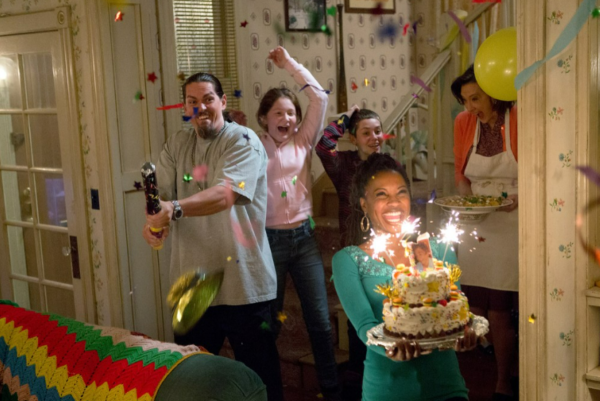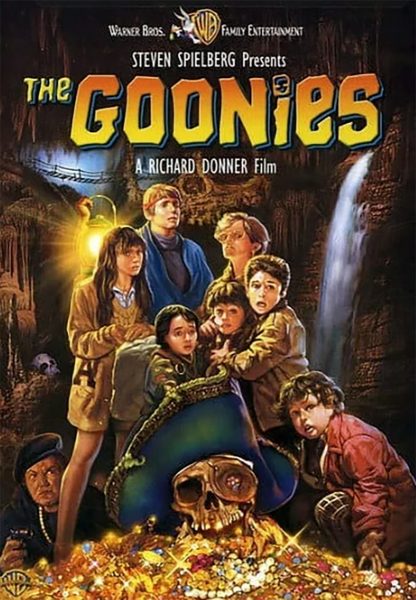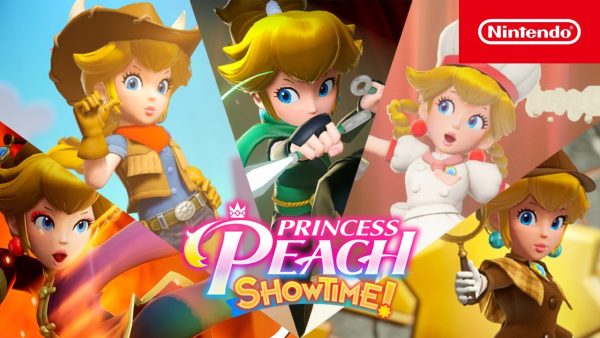Giving movie remakes a chance
New versions of classic cinema dominate the screen for good reason
Streich is a junior journalism major and Staff Writer of The Spectator. Streich can be reached at [email protected] or @RachelStreich17.
March 12, 2014
Film classics never get old. They reappear on our TV screens over and over. But when Hollywood decides to make new versions of these timeless movies, audiences fear the originals will lose a part of their fame.
Despite negative reactions, movie remakes continue to pop up in theaters around the nation. Five of the top 20 highest-grossing movies in the 2014 box office are remakes or spin-offs of old films.
Remakes are popular in the movie business because they have value. They’re worth making because they allow viewers to look back on fond memories and to look forward to something new.
Recreations of old films give audiences a sense of nostalgia. Movie watchers can find meaning in them because they bring back storylines and scenes of the past.
In a 2011 interview, film critic Roger Ebert said, “For some (audience members), they fear the new. They fear taking a chance … They remember a good movie experience and desire to repeat it.”
This was an element of the success with The “Sound of Music’s” live television special in November. Millions of people tuned in to watch the beloved story come to life again. Because “The Sound of Music” is such a popular family musical, audiences knew what to expect with the key plot elements, and they wanted to see it again.
At the same time, new aspects of movie remakes give audiences the chance to experience something different.
The trailer of the upcoming remake of “Annie” reveals a modern twist on the original movie and a cast with black performers. “Annie” is one of many popular movie remakes pending release in 2014, according to the Internet Movie Database.
Modernization is another positive aspect of remakes. New technology can give the movies of the past more special effects and enhanced visuals.
“The Great Gatsby,” remade in 2013, won two Academy Awards for best production design and best costume design. This movie has been remade several times, but the newest version is a key example of the creativity and nuance movie remakes can bring to old motion pictures.
Tim Burton’s “Charlie and the Chocolate Factory” is also a good illustration of technological innovations in film impacting remakes. With 30 years in between the two films, the 2005 movie brought a new magical quality with animation and set design to the classic plot.
I would be remiss to say all movie remakes are good. Some have gone wrong and some movies may be unnecessary to make again.
However, remakes of films can give new generations of movie watchers opportunities to see old movies in current forms as well. They can attract new audiences who haven’t seen the originals.
Keeping this in mind, it is important to remember movie remakes are nothing new in Hollywood. They have been present in film soon after the beginning of cinema itself.
Yet directors keep making these movies because our culture is fascinated with recycled versions of films and sequels. American society doesn’t mind the familiar. The remakes of 2014 are popular because this aspect of pop culture remains relevant.
If remakes no longer existed, audiences would miss an important aspect of the movie-watching experience: seeing the old made new.











